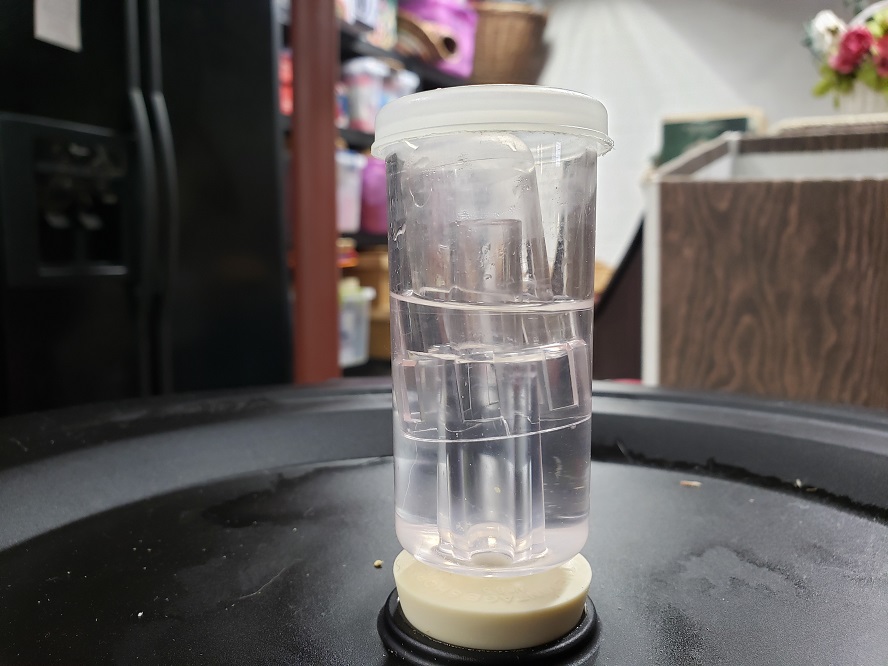cyto
Well-Known Member
I have a double IPA that I put in the fermenter (Catalyst) on march 9, so monday the 20th will be 6 weeks. Right now it is VERY slowly fermenting based on the airlock cap being pushed.
I have been brewing for 20+ years and have never had a beer sit this long before bottling, I am pretty sure it is OK but I wondered if anyone had a beer sit in the fermenter for this long, or longer.
I have been brewing for 20+ years and have never had a beer sit this long before bottling, I am pretty sure it is OK but I wondered if anyone had a beer sit in the fermenter for this long, or longer.



